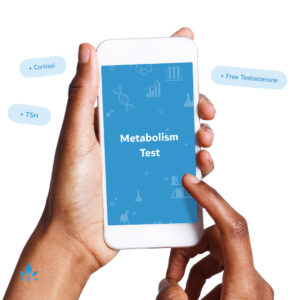How to Spot Fifth Disease in Your Child


Fifth disease is one of many common childhood illnesses that typically occur in the first several years of life. Otherwise known as erythema infectiosum, the fifth disease is caused by a virus known as parvovirus B19. This virus is easily spread from person-to-person through respiratory secretions, so outbreaks often occur in childcare and school settings. The virus is most common in late winter and spring.
Symptoms of fifth disease usually develop anywhere from 4-20 days after being exposed to parvovirus B19. Classic symptoms include bright red cheeks that appear as if they have been slapped. A faint lacy rash can also be present on the arms, legs, and trunk. Often, the rash is preceded by a low-grade fever and cold-like symptoms, including runny nose or congestion, cough, sore throat, muscle aches, and headache. By the time the rash develops, the child is probably no longer contagious and can return to school or daycare. In most children, the rash lasts 7-10 days, but it can reoccur for weeks after exercise, hot baths, and in times of great emotion or stress. Approximately 20 percent of children exposed to the virus do not develop any symptoms.
Usually, symptoms of fifth disease go away on their own without treatment or complications. In most cases, blood testing is not necessary to diagnose fifth disease, as the classic rash is enough to make a diagnosis. However, a blood test can be done if the diagnosis is uncertain. Your child’s pediatrician will likely advise rest, fluids, and fever reducers to make your child more comfortable.
Even adults can develop symptoms of fifth disease if they have not been exposed to the virus earlier in life. In adults, common symptoms also include painful swollen joints that can last weeks to months. However, most adults have already been exposed to parvovirus earlier in life so they have immunity and do not develop symptoms.
Sources:
- American Academy of Pediatrics
- Fifth Disease.
Pediatrics - Generalized Petechial Rashes in Children During a Parvovirus B19 outbreak.
Centers for Disease Control and Prevention - References.
Powered by Bundoo®












































